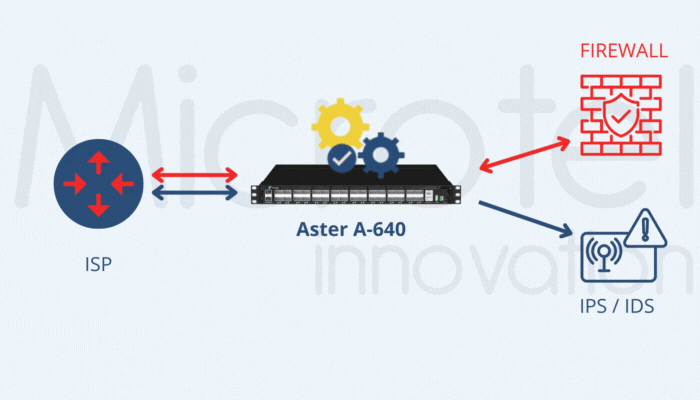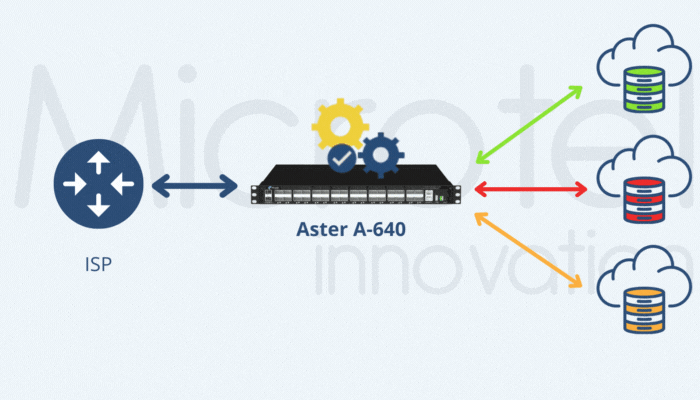In today’s rapidly evolving digital landscape, network security and performance are paramount. Enterprises require efficient tools that can effectively manage and optimize network traffic. This is where packet brokers come into play, specifically, the A-640 packet broker, which offers a unique and powerful feature known as “on-the-fly” action. This article will explore the concept of on-the-fly action in packet brokers and discuss its benefits and implications in network operations.
Understanding "On-the-Fly" Action
The A-640 packet broker boasts the ability to perform actions and processes dynamically and in real-time, hence the term “on the fly.” This means that the device can make instantaneous decisions and adjustments to the routing and distribution of network packets with no downtime or manual intervention, keeping the link up and active.

Instantaneous adjustments to the distribution of network packets without significant downtime
Now let’s delve into some aspects related to the packet broker “on-the-fly” feature:
1 | Dynamic Traffic Redirection
One of the key advantages of on-the-fly action is the packet broker’s capability to dynamically redirect network traffic based on predefined criteria or conditions, either by user intervention or through an API system. For instance, it can swiftly reroute traffic in response to changes in network conditions, load balancing requirements, or security events. This flexibility ensures that network resources are efficiently utilized, enhancing performance and resilience.

2 | Packet Filtering
Another compelling function of the packet broker’s on-the-fly action is its ability to perform real-time packet filtering. With this feature, the device can dynamically identify and handle specific types of traffic according to defined filtering rules. This enables the packet broker to filter out malicious content or suspicious users on the fly, increasing network security and mitigating potential threats.

3 | "On-the-Fly" Load Balancing
Efficient network resource utilization is a critical aspect of network management. Here, the on-the-fly load balancing feature shines. The A-640 packet broker can dynamically redistribute network traffic in real-time, optimally utilizing network resources. By adjusting the distribution of packets among different network links or servers based on the current load conditions, the packet broker ensures optimal performance and avoids bottlenecks.

Conclusions
The A-640 packet broker’s on-the-fly action feature revolutionizes network management by providing dynamic and real-time decision-making capabilities. With the ability to redirect traffic, perform packet filtering, and enable on-the-fly load balancing without significant downtime, this packet broker empowers enterprises to optimize network performance, enhance security, and adapt swiftly to changing network requirements. Embracing this innovative technology opens doors to efficient and scalable network management in an ever-evolving digital landscape.

